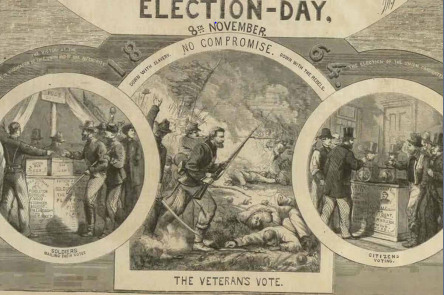In 1856, Australia introduced innovative election laws to ensure privacy in voting. Later in the century, machines would help tabulate the vote.
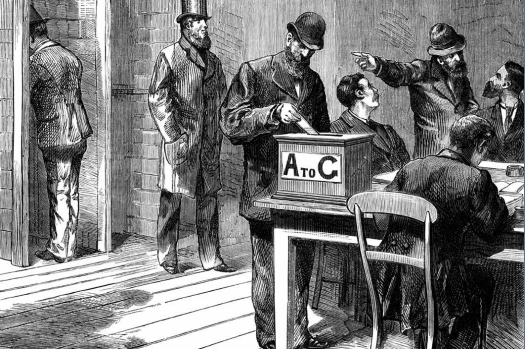
Polling booths and the secret ballot.
A First for Massachusetts In 1888, Massachusetts passed “An Act to Provide for Printing and Distributing Ballots,” an Australian type election law that became a model for other states. (Some called it the “Massachusetts Ballot.”) The state would now print ballots, provide booths to protect the privacy of voters, and bar politicking within the polling place.
Pre-printed petitions for the Australian ballot
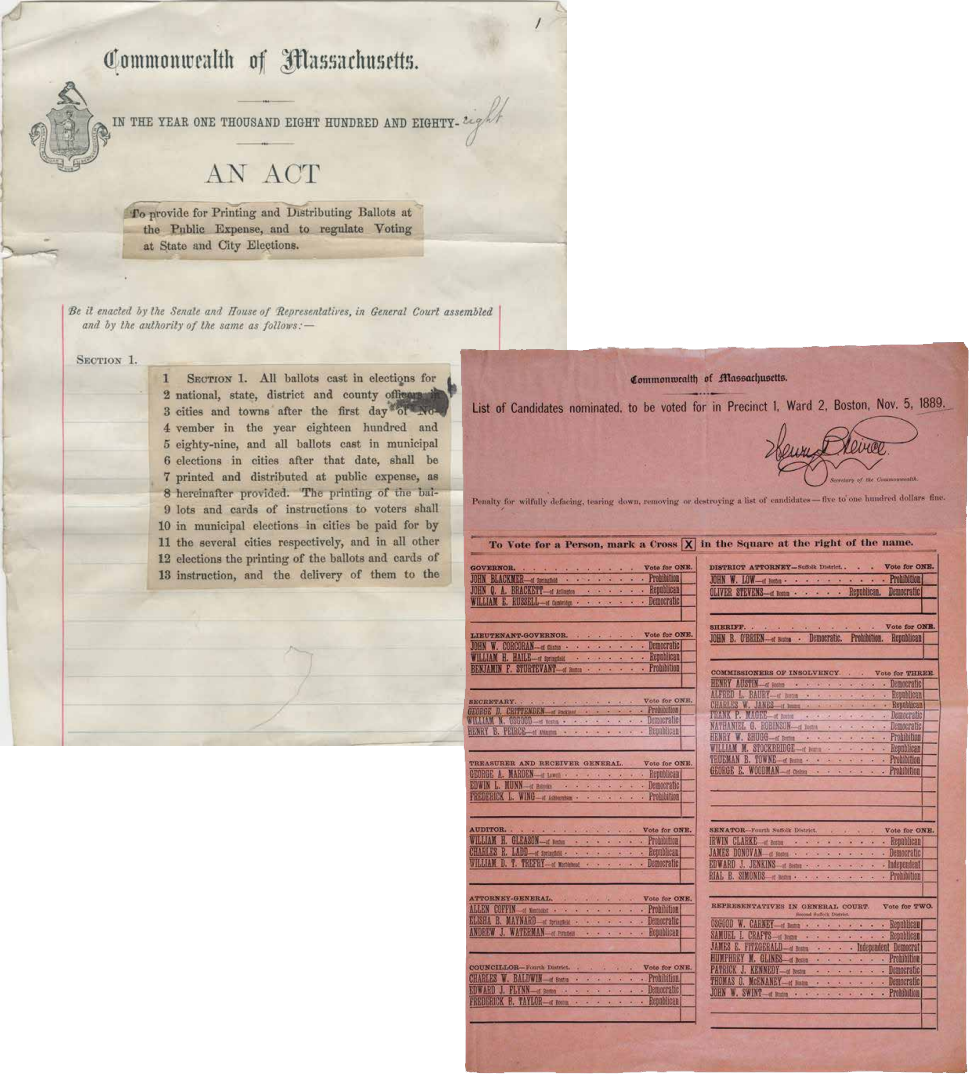
An Act to Provide for Printing and Distributing Ballots.
A View from the Top
Former Massachusetts Governor Oliver Ames favored the printed secret ballot to discourage illiterate voters. It would bring “good manners” to the voting place and provide “the best test of the reading and writing qualification…that has ever been had.”
Voting by Machine
An early version of punch card machines was
introduced in 1889. The first mechanical lever voting
machine appeared a few months later. Massachusetts
discontinued the use of punch card machines in
1997, three years before the issue of “hanging
chads” clouded results in Florida’s 2000 Presidential
election. Concerns about possible hacking – including
interference by foreign governments have dampened
enthusiasm for potential online voting. A paper ballot,
which can be scanned by machine and recounted by
hand if necessary, is more
secure.
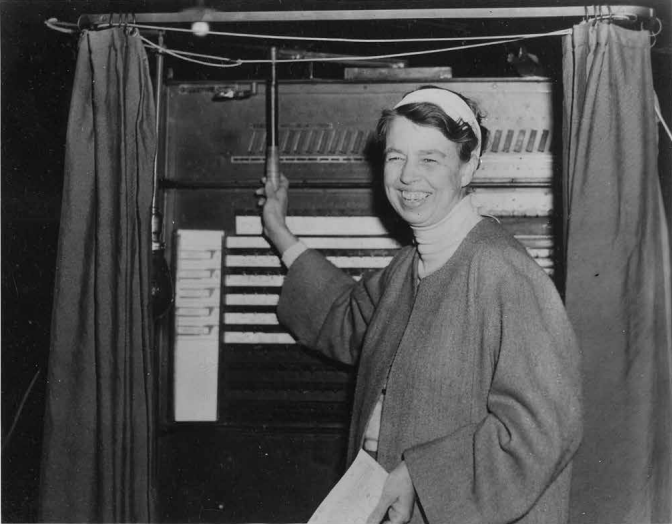
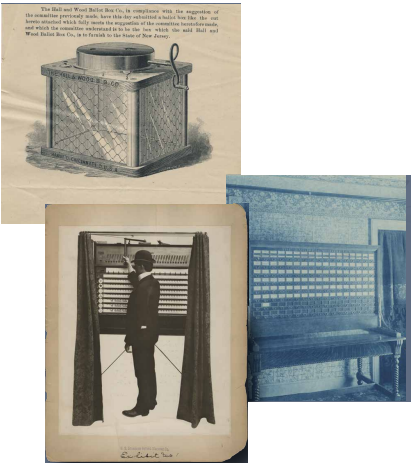
Massachusetts Archives

